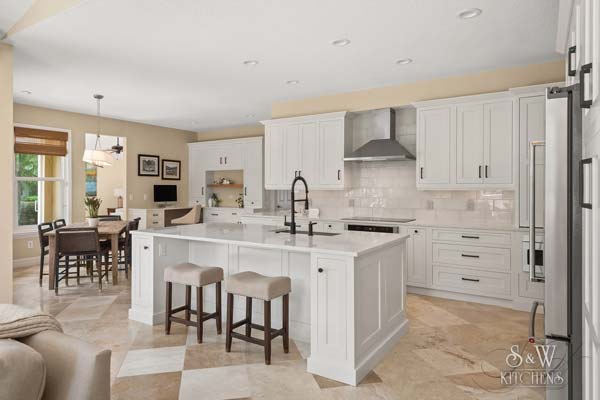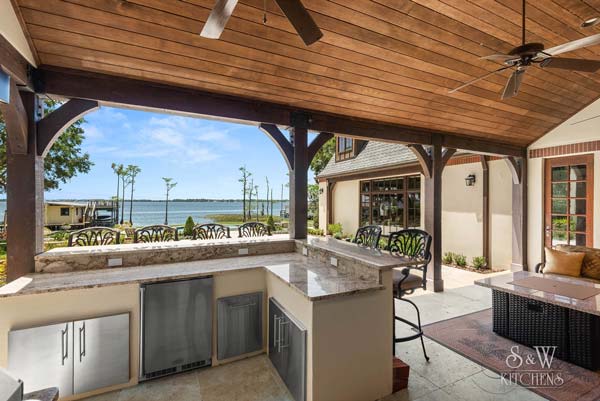Making your home beautiful, updated, and functional is even more important than ever before, since so many people are spending more time at home and trying to make their space a haven from the challenges outside their homes. Carefully considering your home remodeling budget is one of the first steps homeowners make in the process.
That being said, it’s very easy to overshoot your budget quickly if you aren’t deciding on the project’s goals mindfully. In order to get the results you want and increase your home's resale value, here are some steps to start on a home remodeling project budget.

Start with the Dream
Whether you’re considering an outdoor kitchen or updating a bathroom, it’s valuable to start with the big picture: what are you actually wanting to accomplish? Of course, it’s also valuable to organize your essentials, the things that will most impact your family’s life or the value of your home, but you also want to have a few ‘nice-to-have’ items on your list, since if you economize in one area of the budget, there might still be room to add some of those extra touches.
Look for Industry Standard Pricing For Major Changes
Start by doing some research into what costs come with certain aspects of your planned remodel or upgrade: adding cabinetry, changing walls, and replacing hardware all require components of your budget, and the current prices could impact your choice of what to do in what order.
Also, you might want to take a look at the article 7 Things to Consider with Comparing Bids from Different Remodeling Contractors.
Map Out a Budget, Mid-Range, and Luxury Scenario

A great way to land at a reasonable but effective update budget is to price out what it would cost to do the bare essentials with the lowest bidders and then price out what it would cost to pull out all the stops and complete every part of the project at a level you see as luxurious. Then, aim to create a budget in the middle, where you aim a little high on items that matter a lot to you and budget less for the things you care less about. The totals you come to might surprise you, but knowing them really helps you figure out your timeline and how you’ll finance the project.
Add Up Totals and See Where You Land
The totals for your different products and services should now give you a high-end budget, a mid-range budget, and the cheapest you can manage for that project. If these numbers are all higher than you expected, that’s okay: many projects can be broken into stages, or you can consider saving for a few additional months to really be able to get your dream kitchen or bathroom. However, if you are comfortable with the mid-range number you’ve chosen, that budget is often a very good, flexible one to work with: you get a few of the exciting touches you found for the luxury budget, but you get to save on items that are less of a priority. What results is a project you can be proud of, for a price you can afford.
Check out this older blog we've updated, about remodeling budgets.
